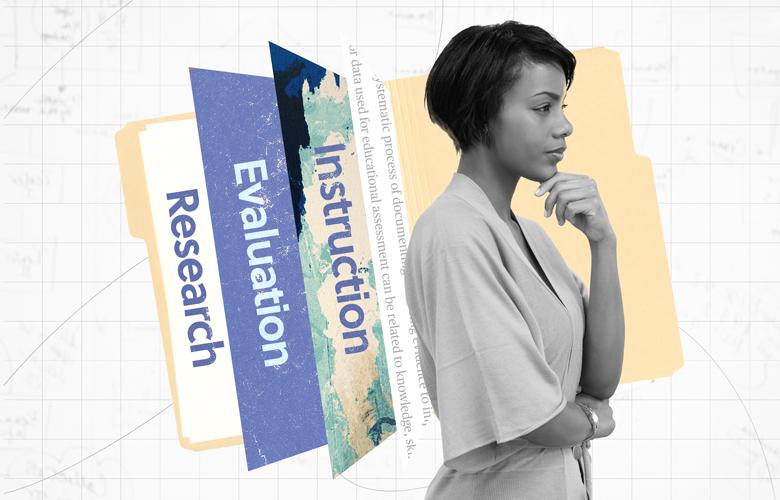
This post is adapted from a post published on the Institute of Education Sciences (IES) Regional Educational Laboratory (REL) Northeast & Islands blog with permission from IES.
Educational assessment helps teachers use evidence to strengthen programs and improve students’ learning. Yet we have found that it can be hard for teachers to decide which kind of assessment to use in different conditions and contexts. There are so many forms of assessment to choose from, including performance assessment—which our colleague discussed in a previous EDC post.
To meet this need, our team at REL Northeast & Islands at EDC created a new and free resource, Making Sense of Educational Assessment, in collaboration with educators in our Maine Partnership to Support Innovative and Equitable Educational Opportunities. The brief, easy-to-understand fact sheet describes the different purposes of assessment, details the types of assessment, and provides examples of how assessment results may be used and by whom.
Who Uses Educational Assessment and to What End?
Educational assessment can play key roles in research, evaluation, and/or instruction:
- Researchers use assessments to produce generalizable findings that may inform policy or practice.
- Evaluators use assessments to determine the effectiveness of an initiative or program.
- Educators use assessments to inform and improve their instruction.
Other members of the school community can also use assessment results. For example, students may use the results of ongoing checks for understanding to track their own needs, efforts, and successes. They can use interest inventories or surveys to inform their choice of learning activities and projects or to influence their educational learning plans.
A school or district administrator can use summative assessment results of groups of students to understand areas in which teachers need support. And a state department of education can use summative assessment results of groups of students—for example, an assessment on mathematics state standards—to understand how well students are mastering those standards.
Assessment Literacy Impact
For PK–12 teachers and administrators to continue using assessments as evidence to improve outcomes for students, it is important that educators have a shared understanding of how, when, and why to use educational assessment within their school community. Several Maine school districts involved in the Rethinking Responsive Educational Ventures (RREV) project have been working with REL Northeast & Islands to better understand this issue. “We have watched the information included in this resource help transform the relationship our schools have with assessment and data—and the impact it has on the lives of their students,” says Nick Runco, a partnership member and RREV instructor and coach working with school districts in Maine. “I feel we are just scratching the surface of how this knowledge can be used and am excited for this resource to be a fundamental piece of our assessment literacy work moving forward.”
Our new fact sheet for educators is available here. To learn more about REL Northeast & Islands resources related to assessment, including the online course Creating and Using Performance Assessments, visit our Products.
| Pam Buffington, director of Rural STEM Initiatives, specializes in expanding access to high-quality STEM education, closing opportunity gaps, and cultivating equity-oriented research and practice with a particular focus on rural schools and communities. | |
| Diana Wogan is a project director at EDC with expertise in social and emotional learning, policy analysis, and school improvement. She works with educators in schools, districts, and state education agencies to improve outcomes for students.
|


Add new comment